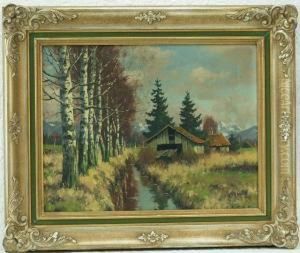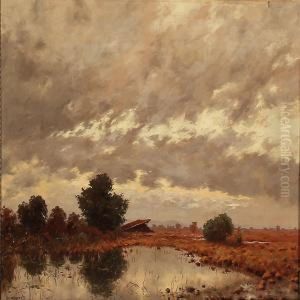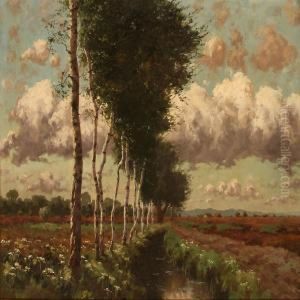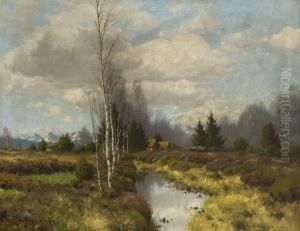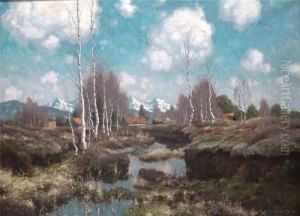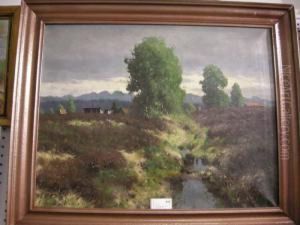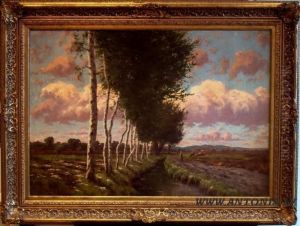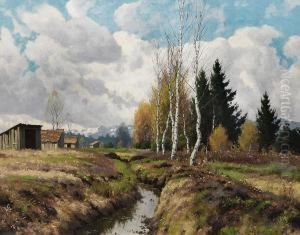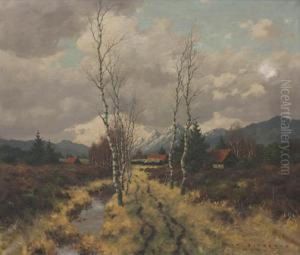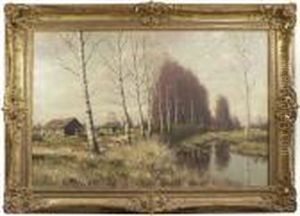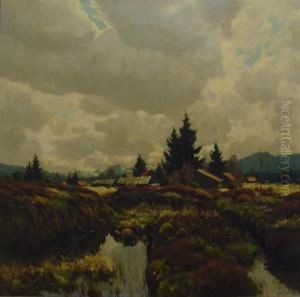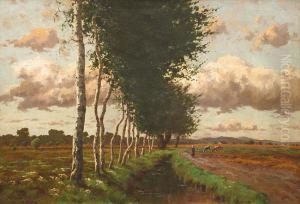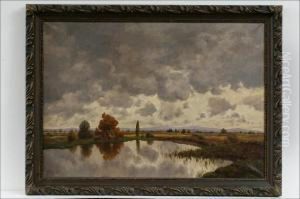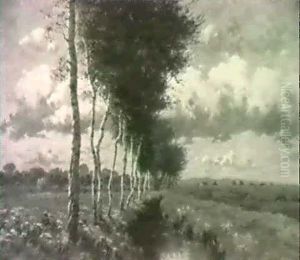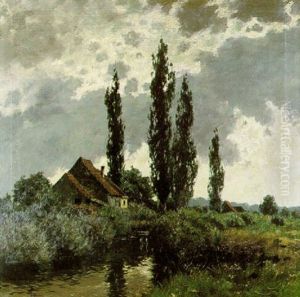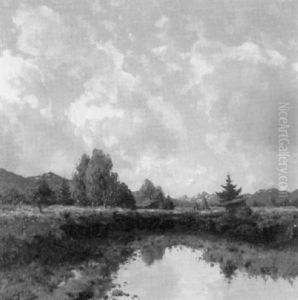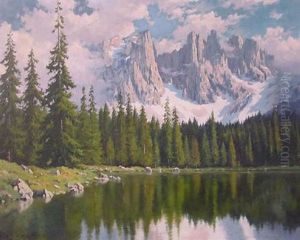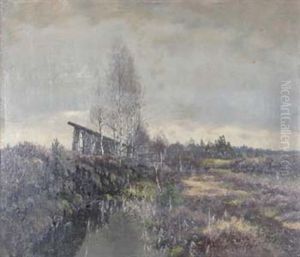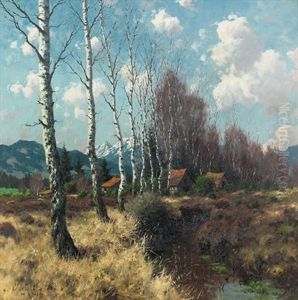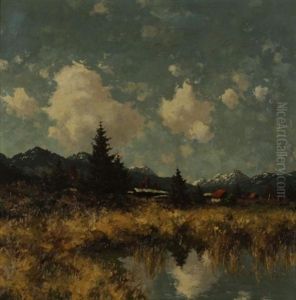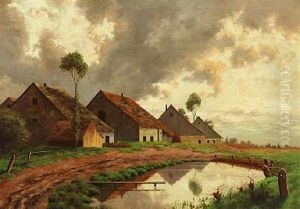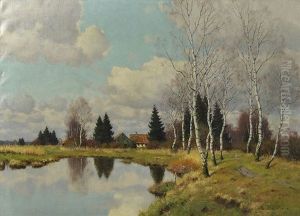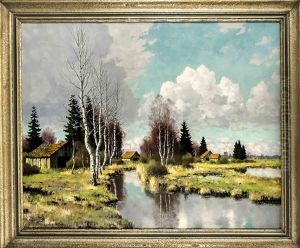Karl Schaette Paintings
Karl Schaette was a German artist, born in 1904, whose work spanned several mediums including painting, printmaking, and illustration. His artistry developed in the tumultuous backdrop of 20th-century Europe, a period marked by two World Wars, the Great Depression, and significant political upheaval, all of which influenced his thematic and stylistic approach.
Schaette's early career was characterized by experimentation with various styles and techniques, reflecting the broader artistic movements of his time such as Expressionism and New Objectivity. His works from this period often depicted urban and industrial landscapes, showcasing a keen interest in the changing modern world and its impact on society and the environment.
With the rise of the Nazi regime in Germany, Schaette, like many artists of his era, faced significant challenges. The regime's strict control over artistic expression and its campaign against what it termed 'degenerate art' impacted Schaette's ability to work and exhibit freely. Despite these obstacles, he continued to develop his art, often working in relative obscurity.
After World War II, Schaette's work began to gain more recognition. He became known for his landscapes and scenes of rural life, executed with a more subdued and reflective tone. These post-war works reflect a search for peace and tranquility, perhaps as a counterpoint to the chaos and destruction he had witnessed.
Karl Schaette's contribution to art is marked by his resilience and adaptability. His ability to navigate through one of the most challenging periods for artists in modern history, while maintaining his creative integrity, speaks volumes of his dedication to his craft. He passed away in 1968, leaving behind a body of work that continues to be appreciated for its historical value and artistic merit.
